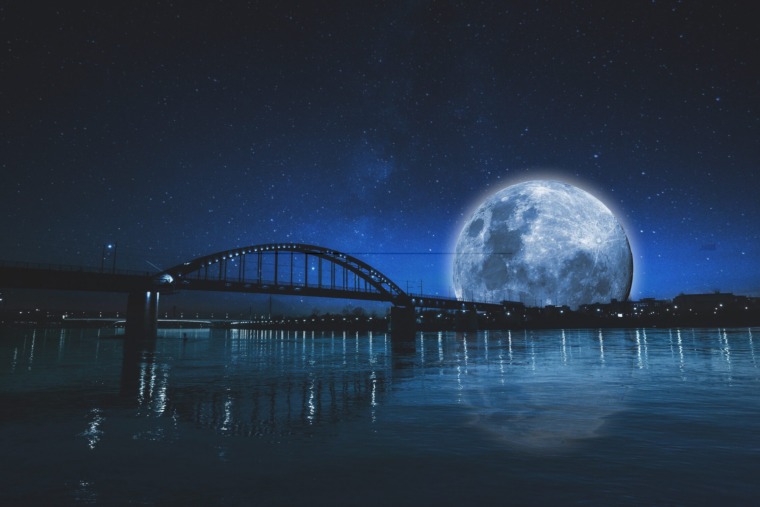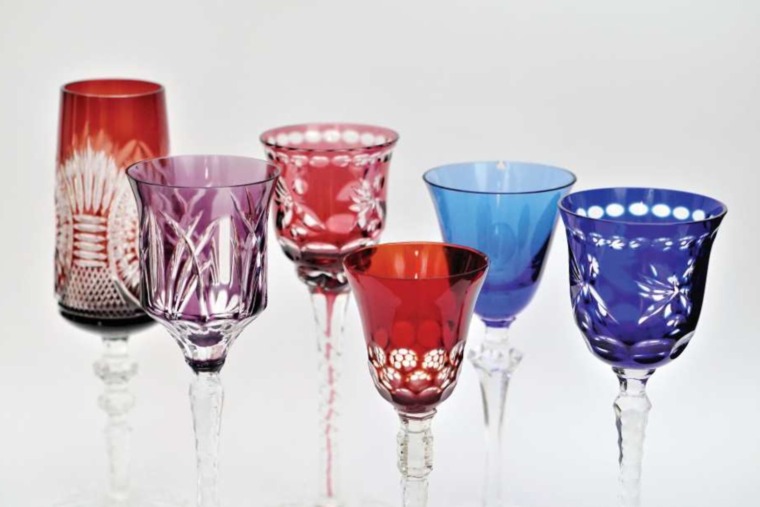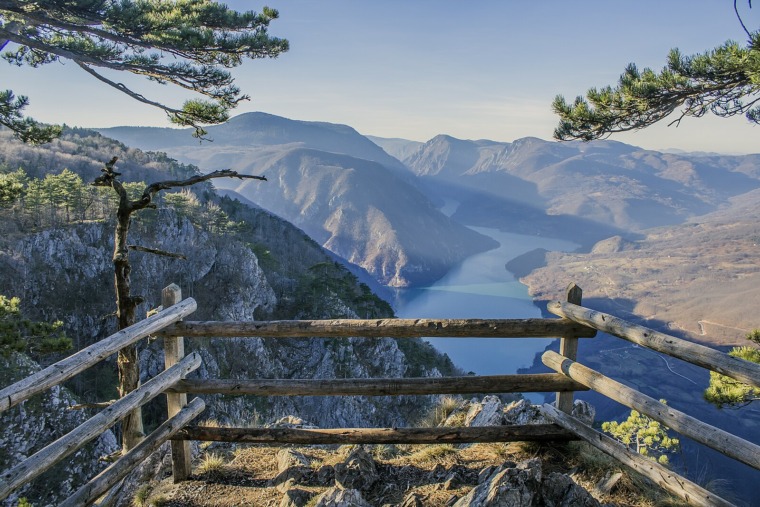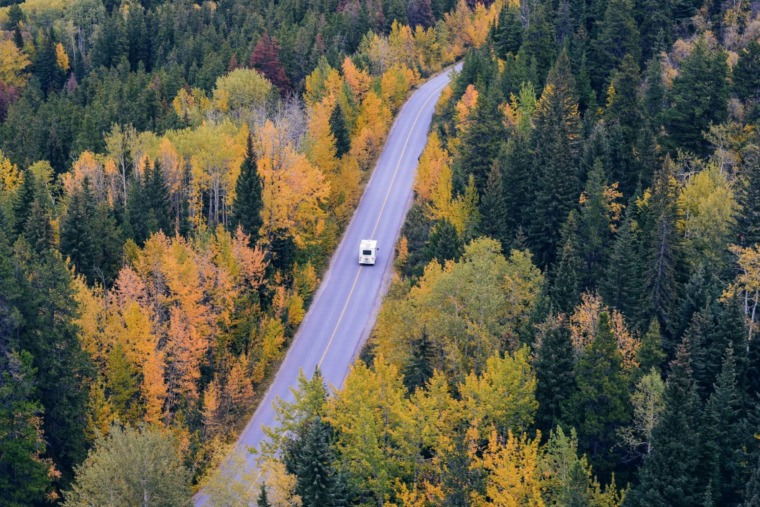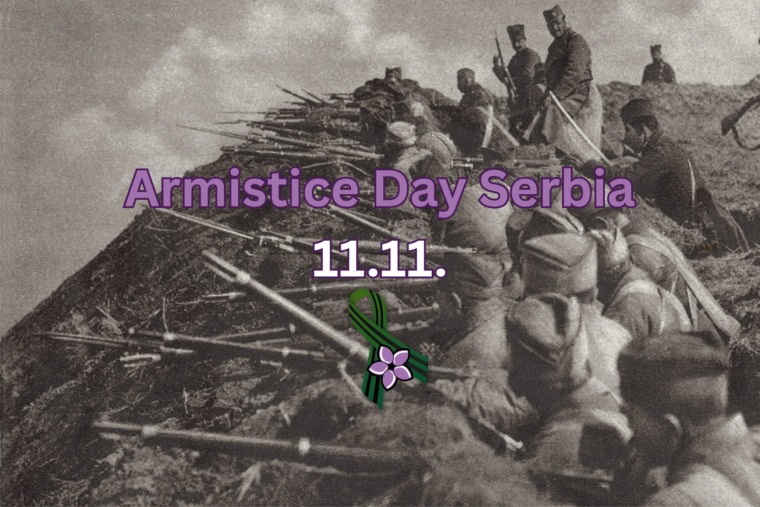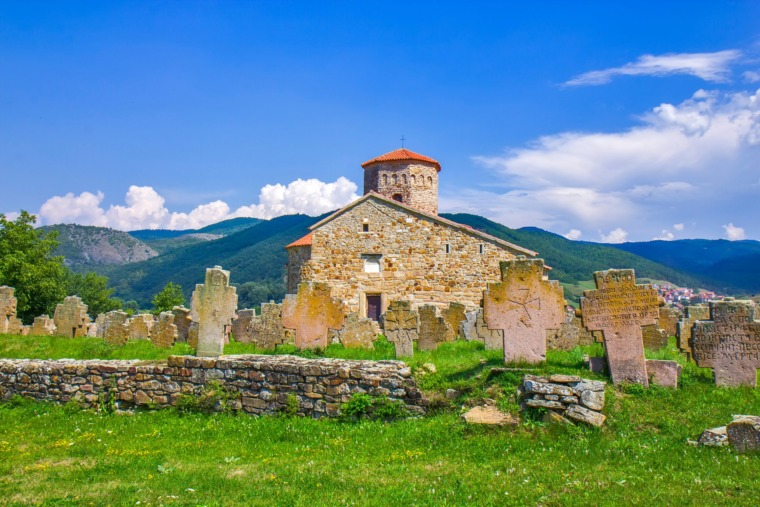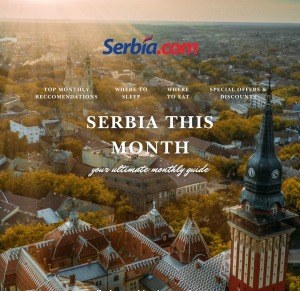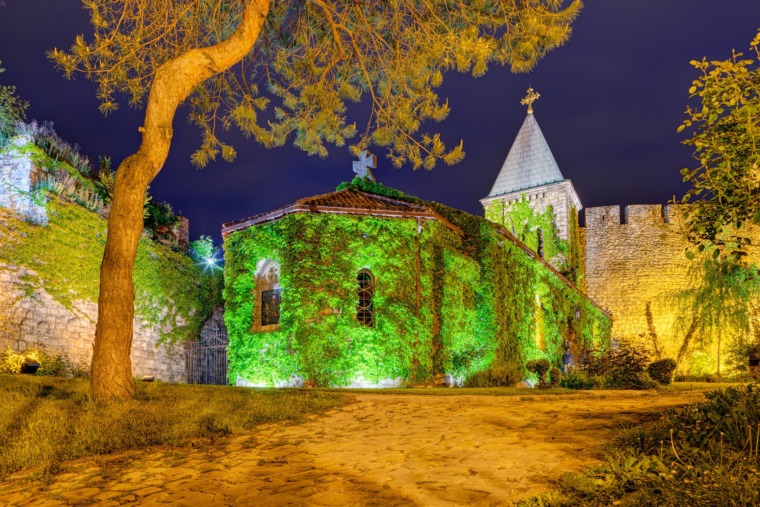

Nestled between the Danube, Tisa, and Sava rivers, Vojvodina is a land where plains meet cultures, where baroque churches rise above sunflower fields, and where every village tells a unique story in multiple languages. As Serbia’s northern province, Vojvodina is often described as the soulful, calm, and multicultural heart of the country — and for good reason.
🗺️ What Makes Vojvodina Unique?
Unlike the rest of Serbia, Vojvodina lies entirely in the Pannonian Plain, making it a region of wide horizons, fertile lands, and charming slow-paced towns. It’s also a region of diversity: over 25 ethnic groups live here in harmony, with six official languages spoken. Its Austro-Hungarian legacy blends beautifully with Serbian Orthodox tradition, resulting in a rich tapestry of architecture, cuisine, festivals, and heritage.
🏙️ Cities and Towns Worth Exploring
Novi Sad – The Capital of Culture
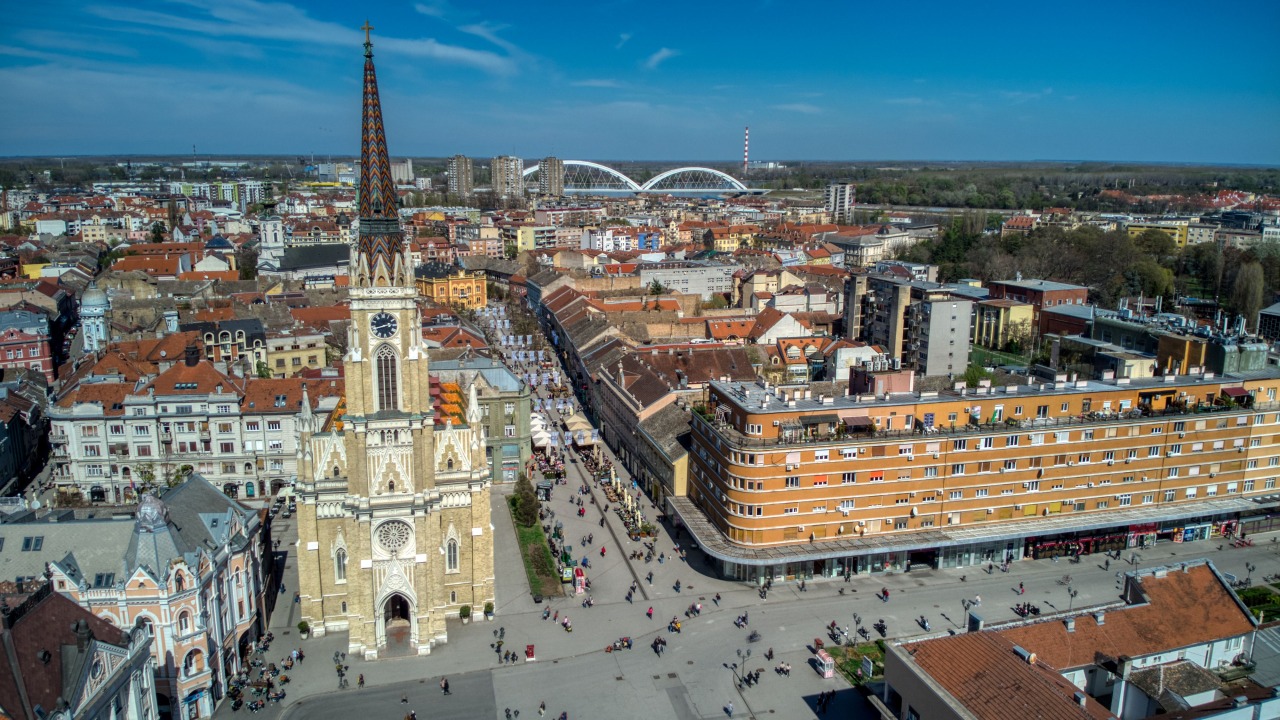
Serbia’s second-largest city and the capital of Vojvodina, Novi Sad is a hub of culture, youth energy, and architectural elegance. Walk through Zmaj Jovina Street, visit the striking Name of Mary Catholic Church, and relax in Danube Park.
Don’t miss:
- Petrovaradin Fortress – the “Gibraltar of the Danube,” home to the world-famous EXIT Festival.
- Museum of Vojvodina – a window into the region’s diverse history.
- Fruška Gora National Park just outside the city (more below).
Subotica – Art Nouveau Gem
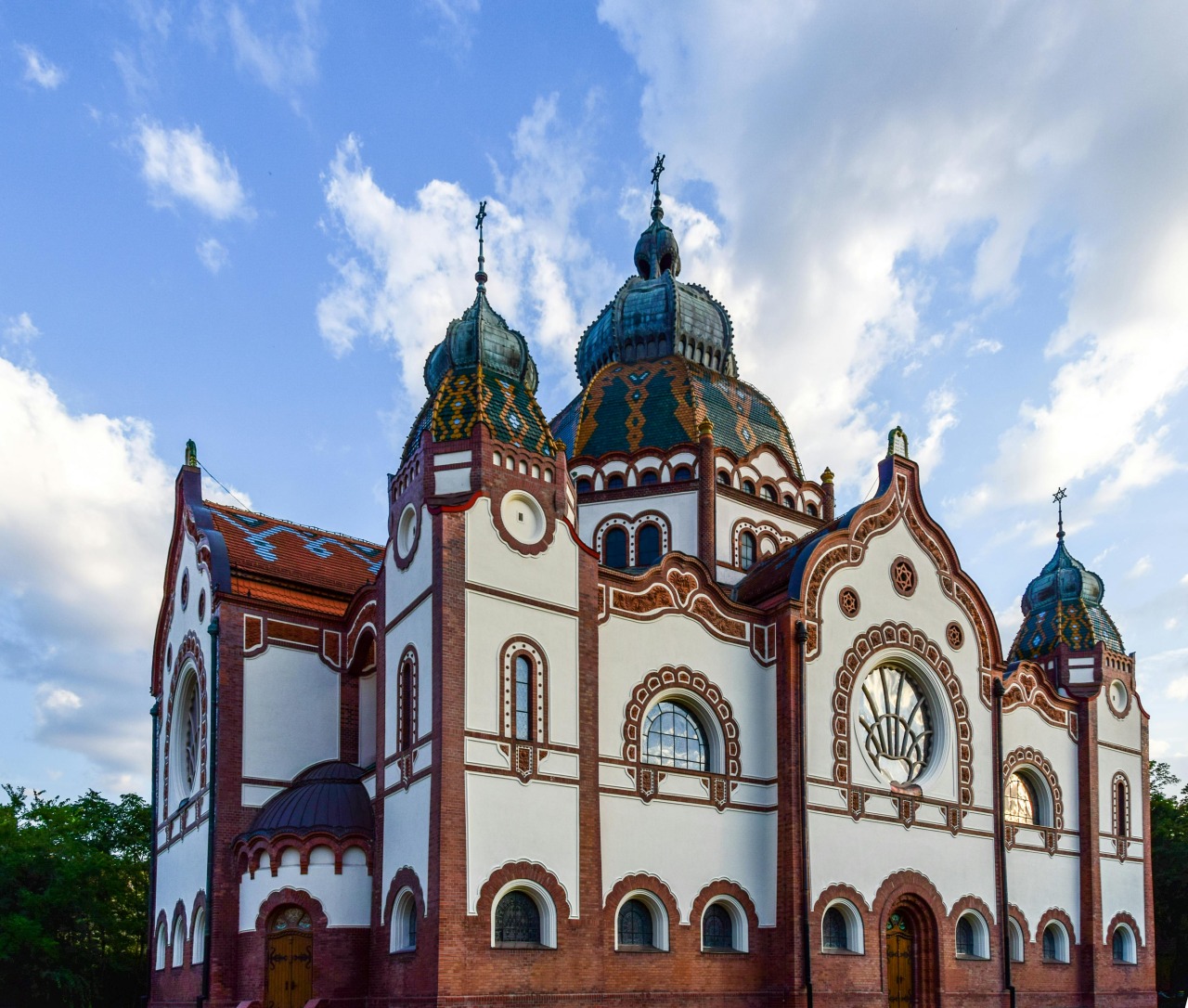
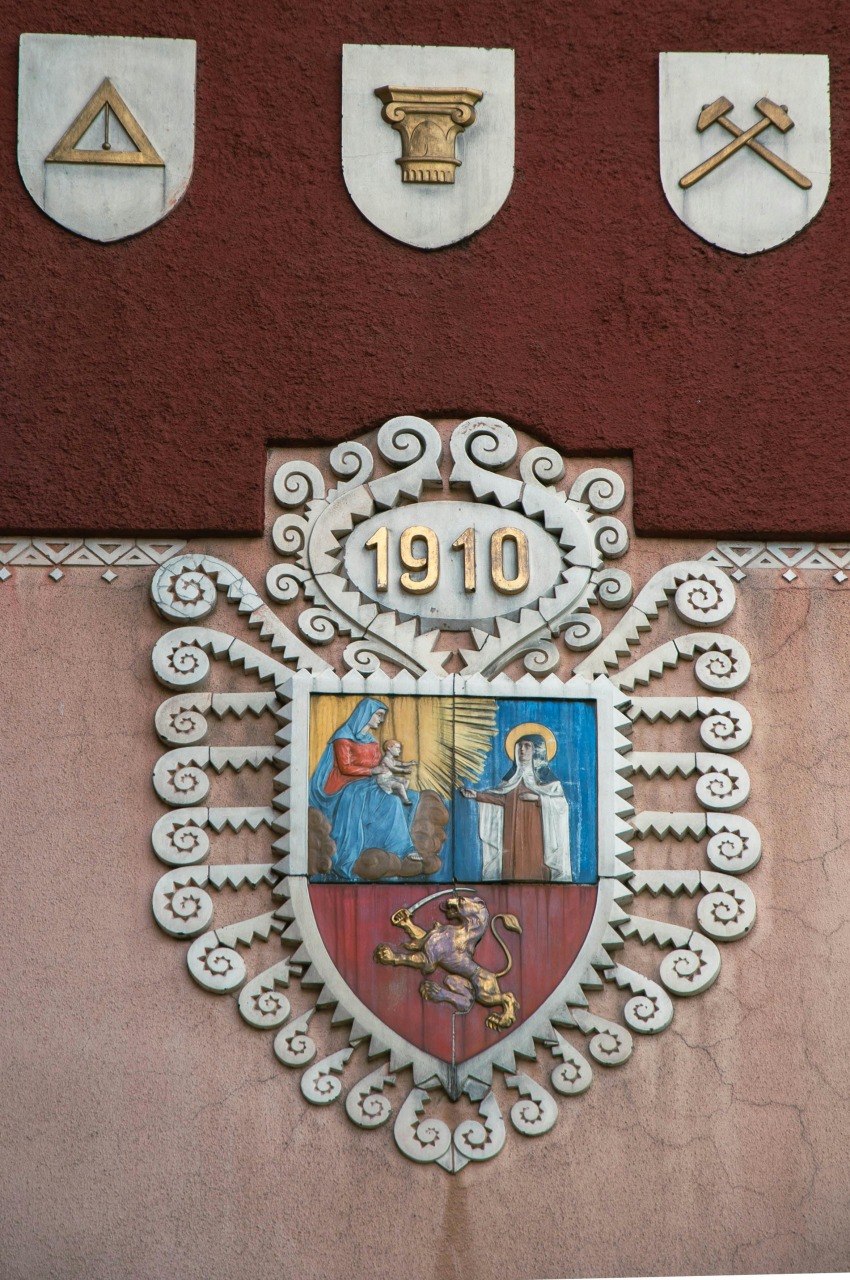
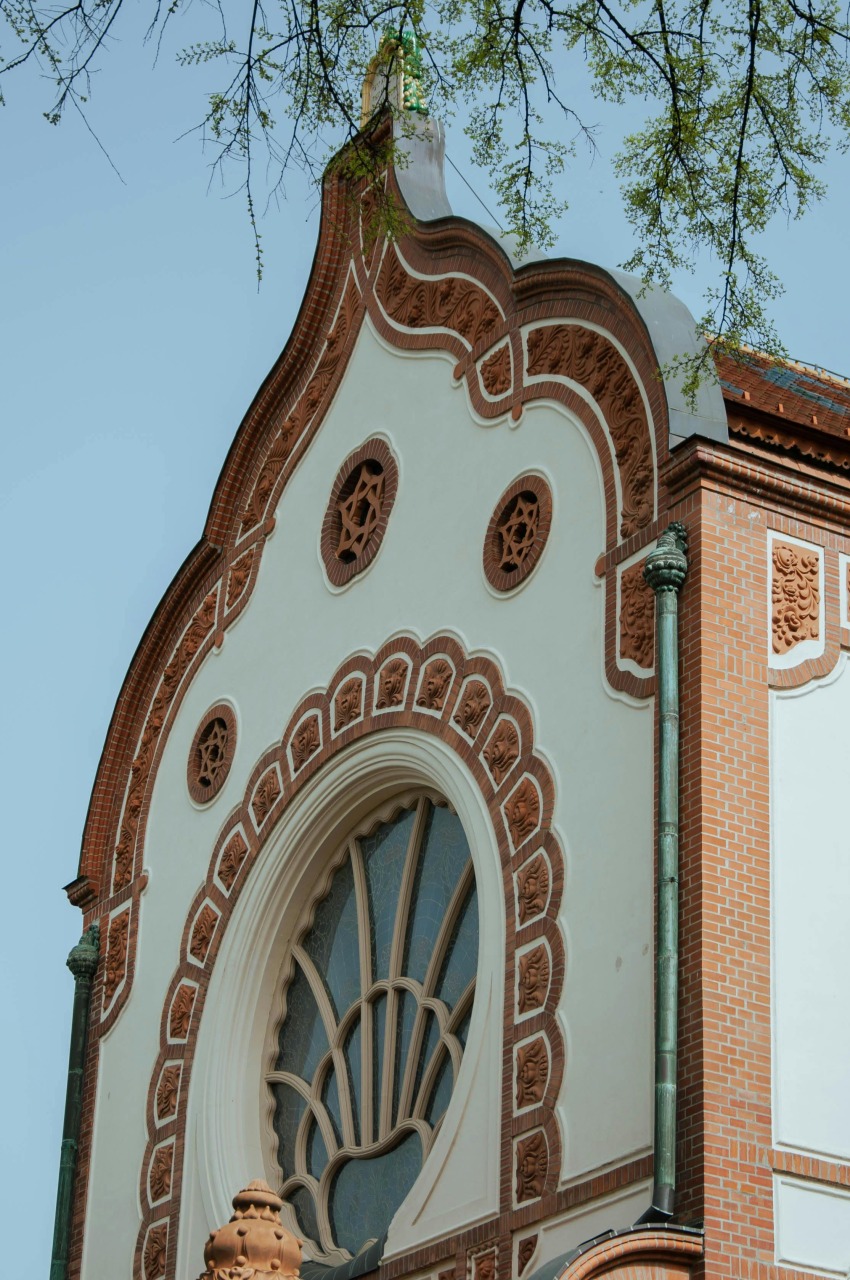
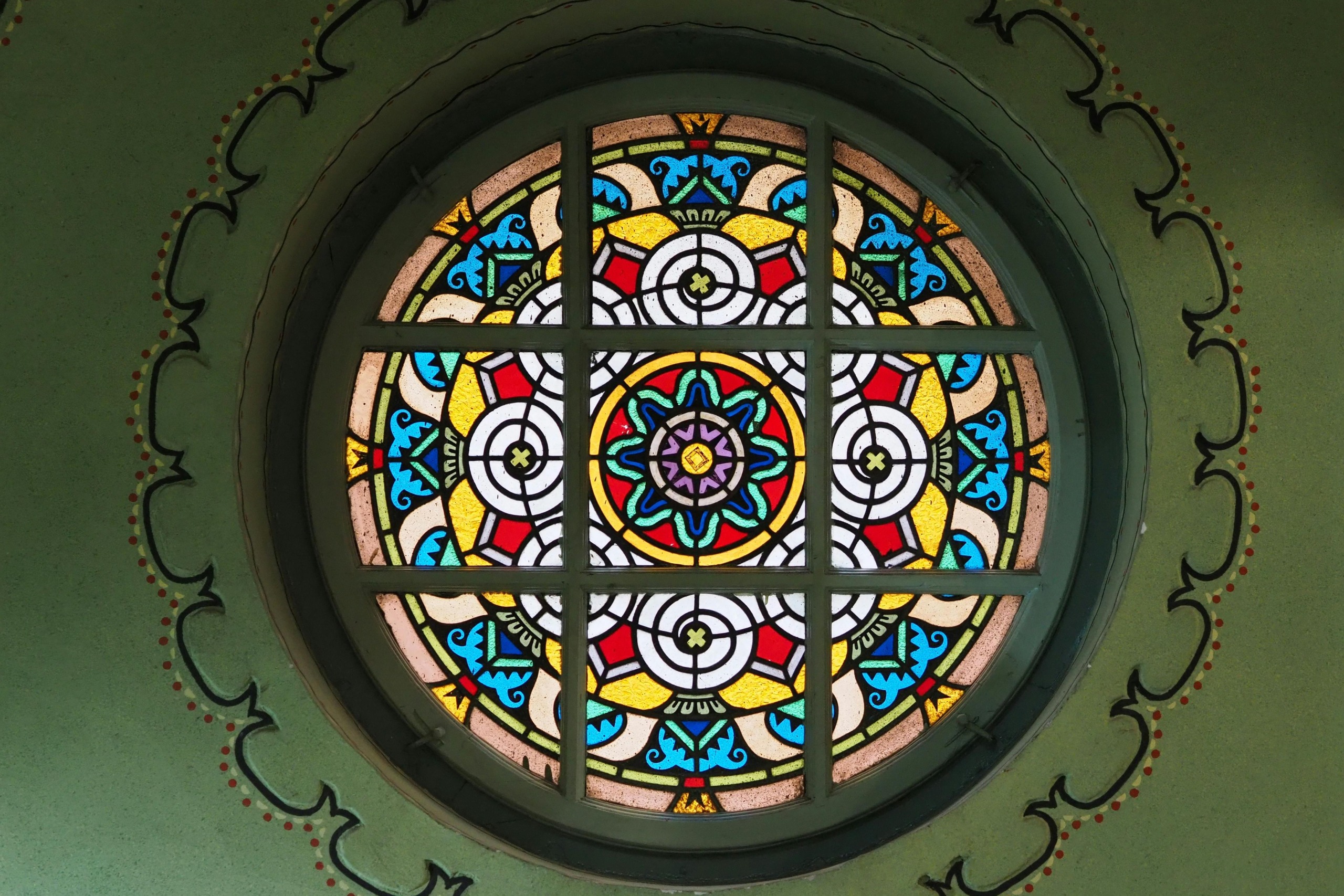
Subotica is a visual masterpiece with its unique Hungarian Art Nouveau architecture. Visit:
- City Hall and Raichle Palace
- The serene Palić Lake, with its promenade and historic villas.
- Synagogue of Subotica – one of the most beautiful synagogues in Europe.
Sombor – Where Time Slows Down
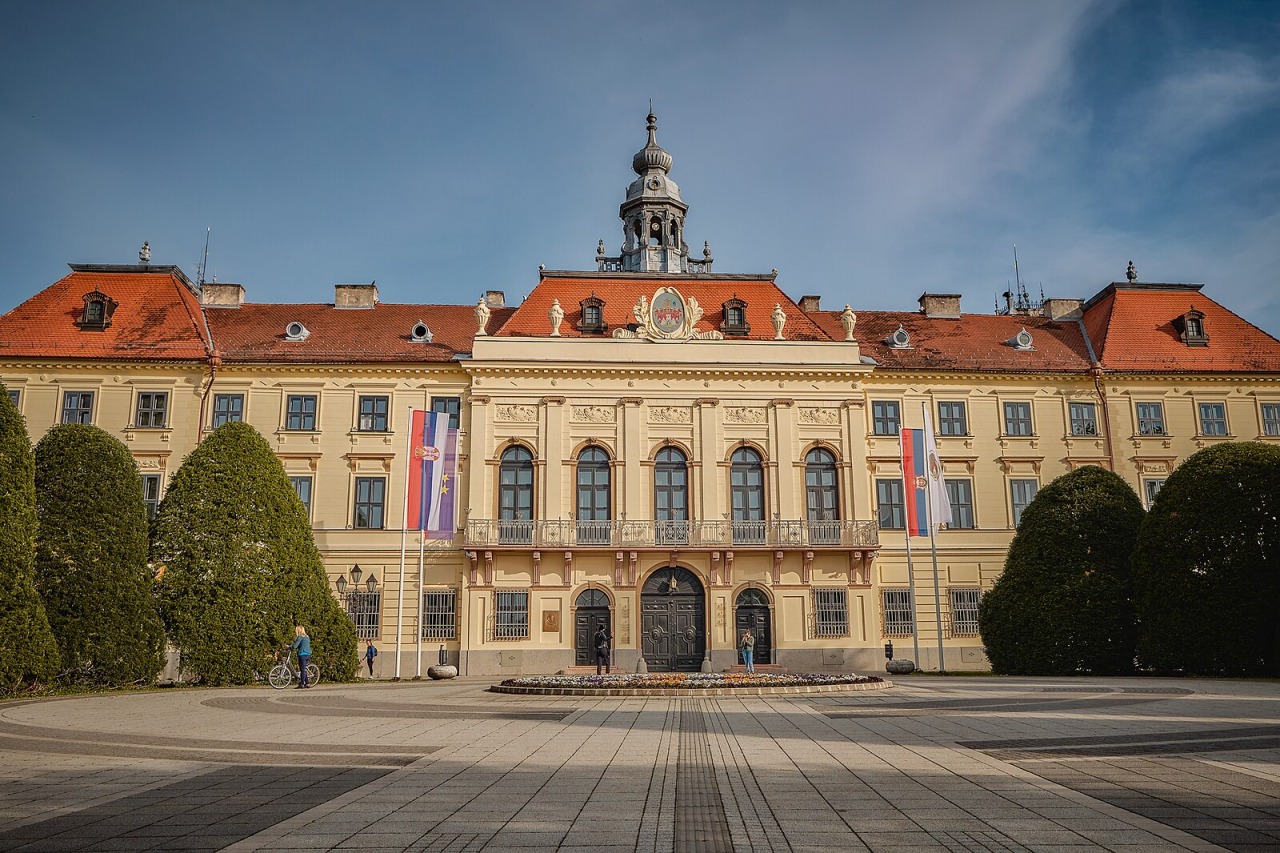
A city of greenery, horse-drawn carriages, and elegant streets. Sombor is known for:
- The Gallery of Milan Konjović
- County Hall with one of the largest oil paintings in the Balkans.
- A peaceful canal ride through the Great Bačka Canal.
Zrenjanin, Kikinda, Vršac, and Pančevo also each hold historical significance and authentic experiences.
🌄 Nature & Landscapes: Vojvodina’s Natural Jewels
Fruška Gora National Park
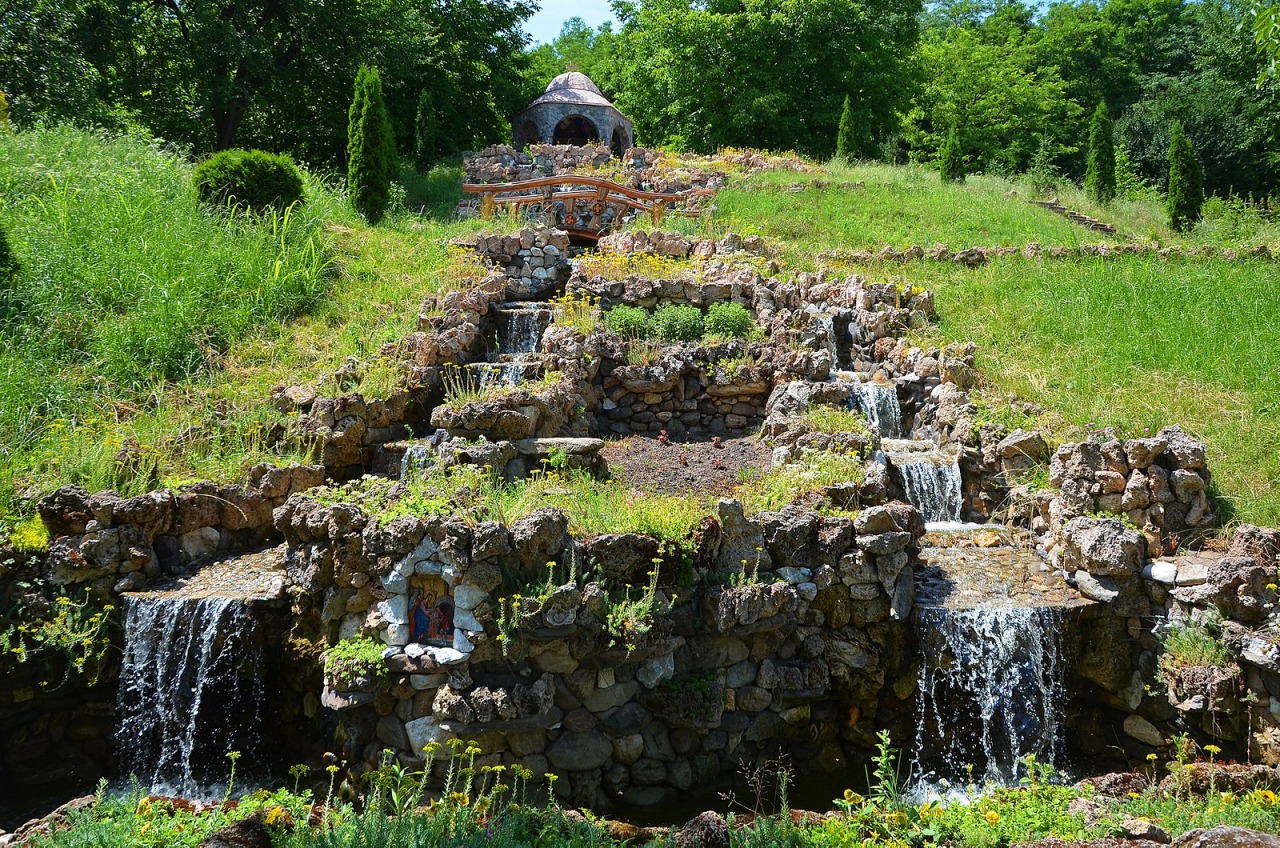
Often called the “Jewel of Vojvodina,” Fruška Gora is a gentle mountain in a sea of flatlands.
Explore:
- Over 16 Serbian Orthodox monasteries from the 15th and 16th centuries.
- Numerous hiking and biking trails, wine cellars, and picnic areas.
- Rich flora and fauna, ideal for nature lovers.
Deliblato Sands (Deliblatska peščara)
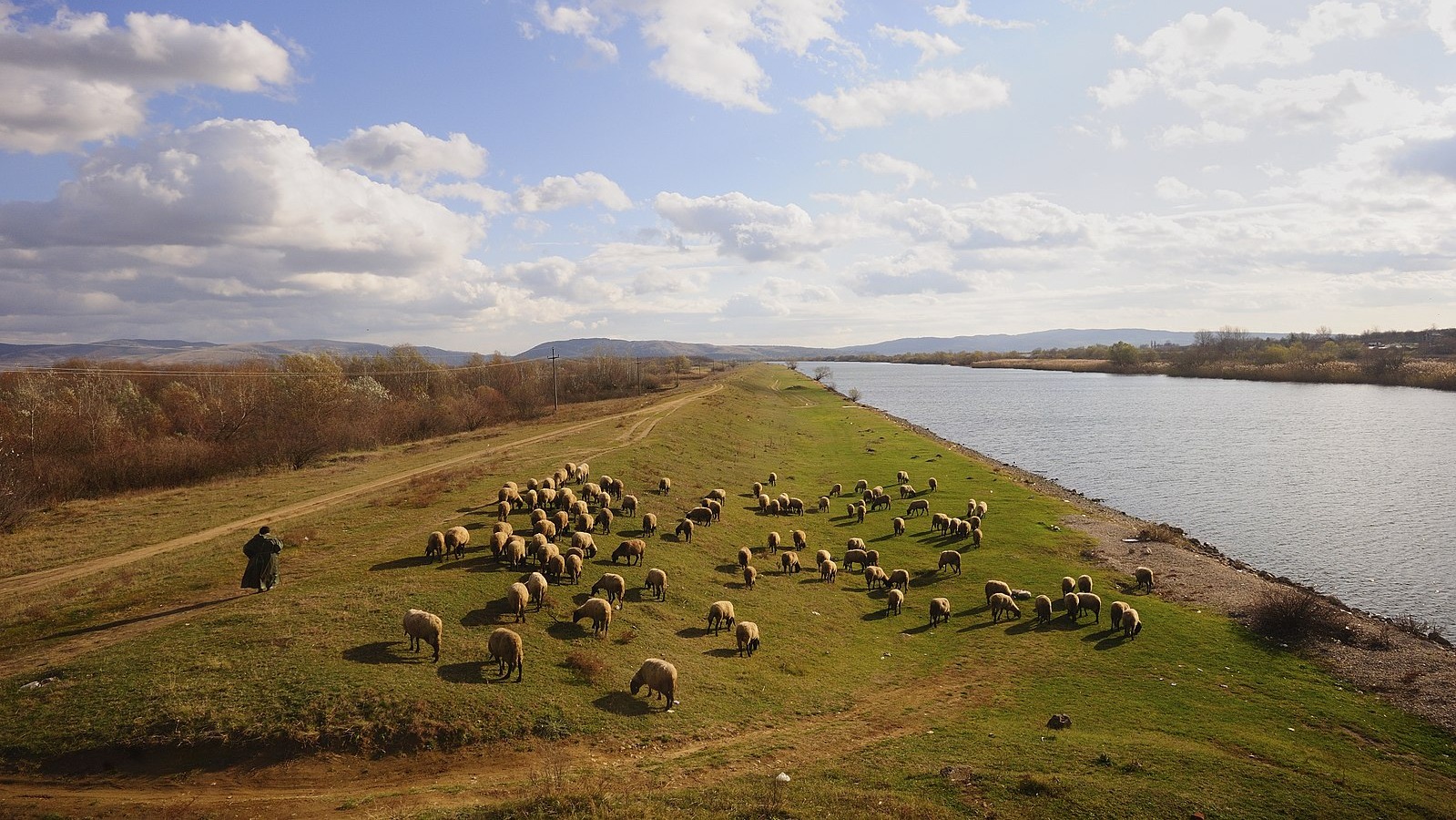
Europe’s largest sandy terrain, often referred to as the “European desert”. Deliblato Sands is a unique ecosystem and home to rare plant and animal species. Great for eco-tourism, birdwatching, and off-road adventures.
Special Nature Reserve Obedska Bara
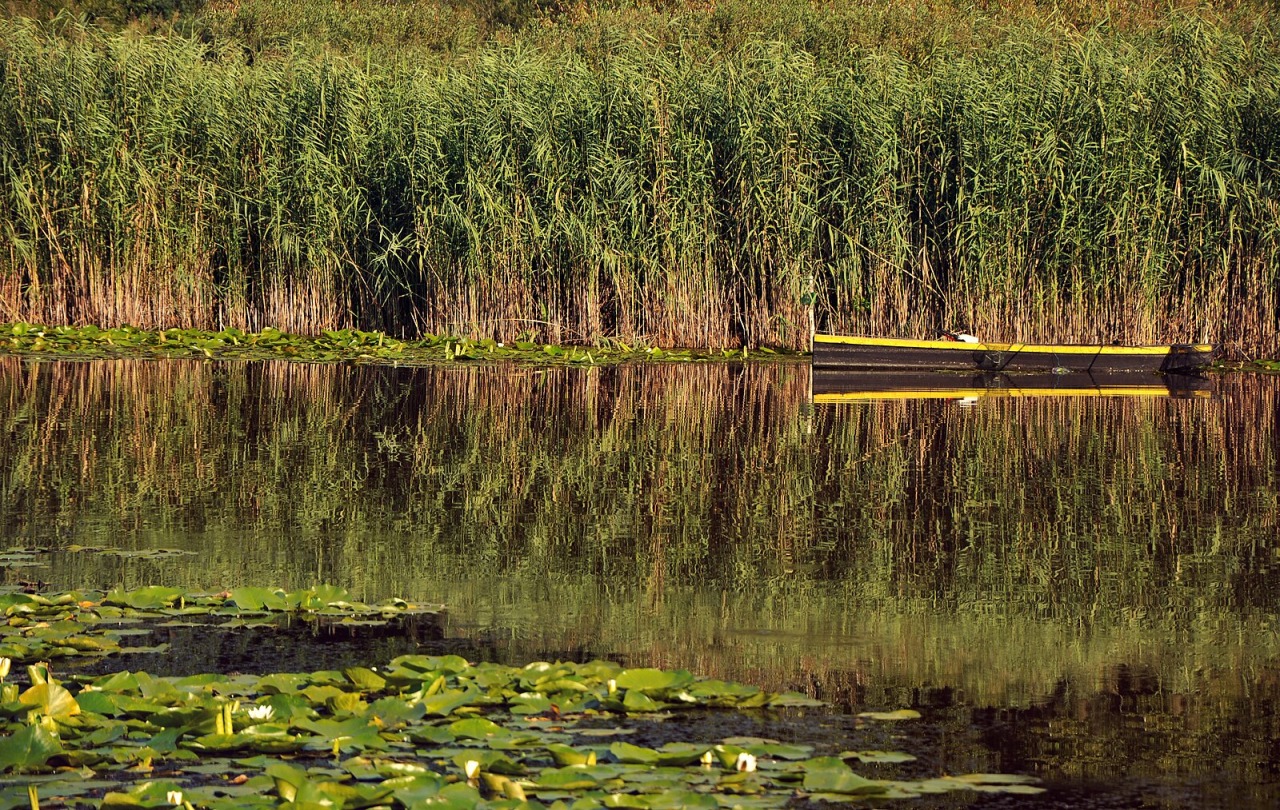
One of the oldest protected areas in the world, Obedska Bara is a haven for over 200 bird species, water lilies, and peaceful canoe rides.
Zagajica Hills

In the heart of Southern Banat, within the wider Deliblato Sands region, lies a hidden gem: the Zagajica Hills – an undulating, surreal landscape unlike anything else in Vojvodina.
These gently rolling hills are the highest natural elevation in Vojvodina, reaching just about 250 meters, but offering panoramic views over a patchwork of forests, steppe, and sand. A favorite among hikers, nature photographers, and cyclists, the Zagajica Hills feel like a world apart — and yet, they’re just a short trip from Belgrade.
Zasavica Special Nature Reserve
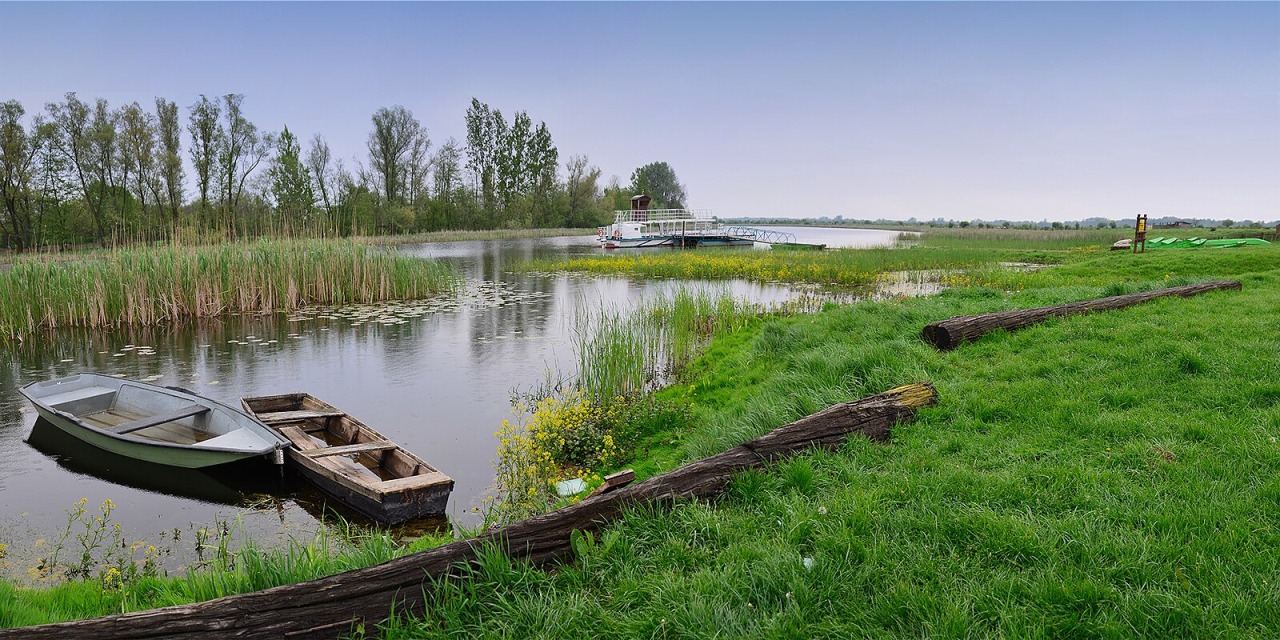
Nestled between the regions of Srem and Mačva, near the town of Sremska Mitrovica, lies Zasavica, one of Serbia’s most beautiful and ecologically rich wetland reserves.
This protected area is home to rare and endangered species, including European beavers, otters, herons, and heritage livestock breeds like Mangalica pigs and Balkan donkeys. Zasavica is also globally known for producing donkey milk products, among the most expensive in the world.
Visitors can enjoy eco-boat rides, birdwatching, nature trails, and an informative visitor center. It’s a perfect destination for families, photographers, and anyone seeking a peaceful escape into untouched nature.
Kopački Rit (near Apatin) and Gornje Podunavlje are other significant wetland areas of international importance.
🏰 Cultural & Historical Heritage
- Sremski Karlovci – A baroque town near Novi Sad, home to the Patriarchal Court, the Karlovci Gymnasium, and excellent wine cellars.
- Bač Fortress – A medieval fortification and one of the oldest preserved fortresses in Serbia.
- Monasteries of Fruška Gora – Including Krušedol, Grgeteg, and Hopovo.
- Roman archaeological site in Sirmium (Sremska Mitrovica) – Once one of the capitals of the Roman Empire.
- Castle Fantast near Bečej – A fairy-tale-like chateau surrounded by a park and horse farm.
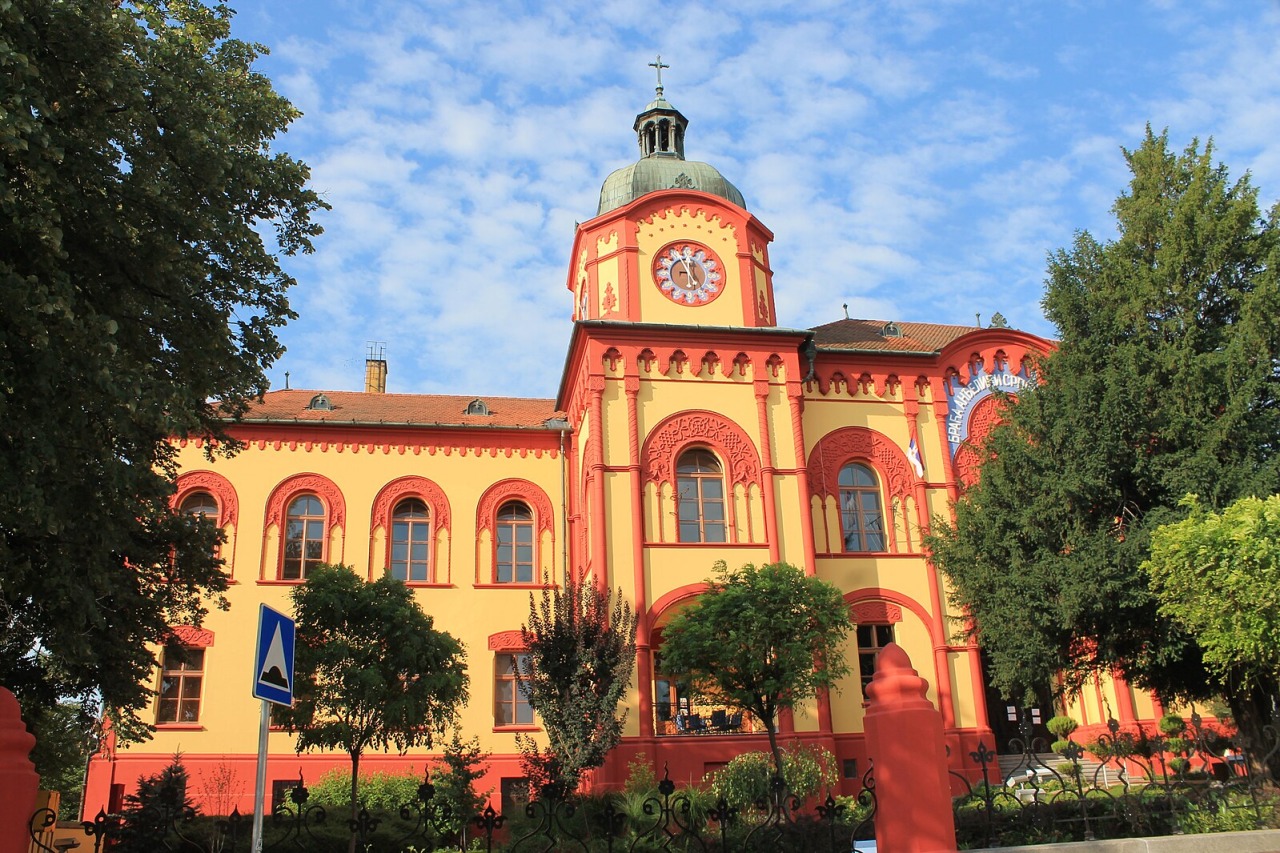
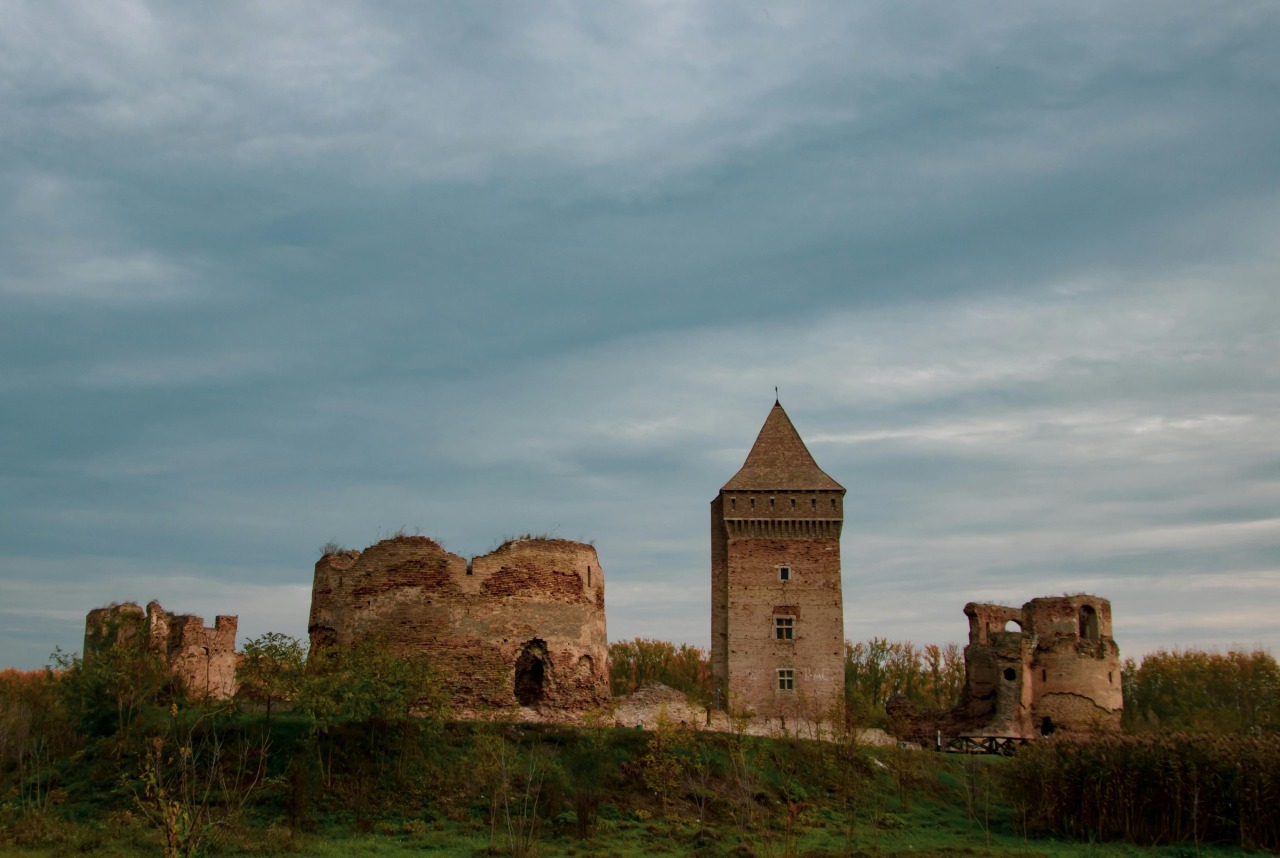
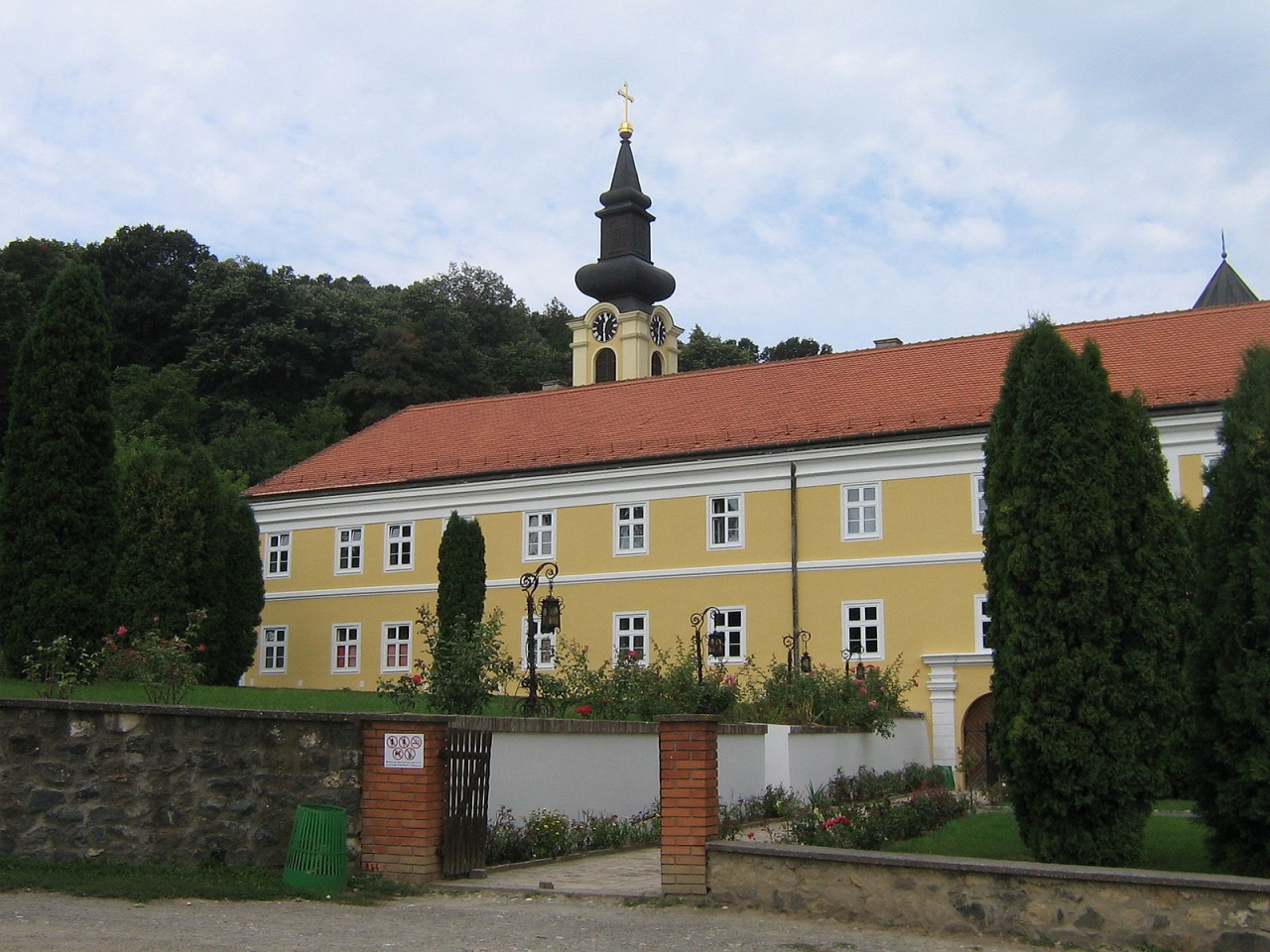
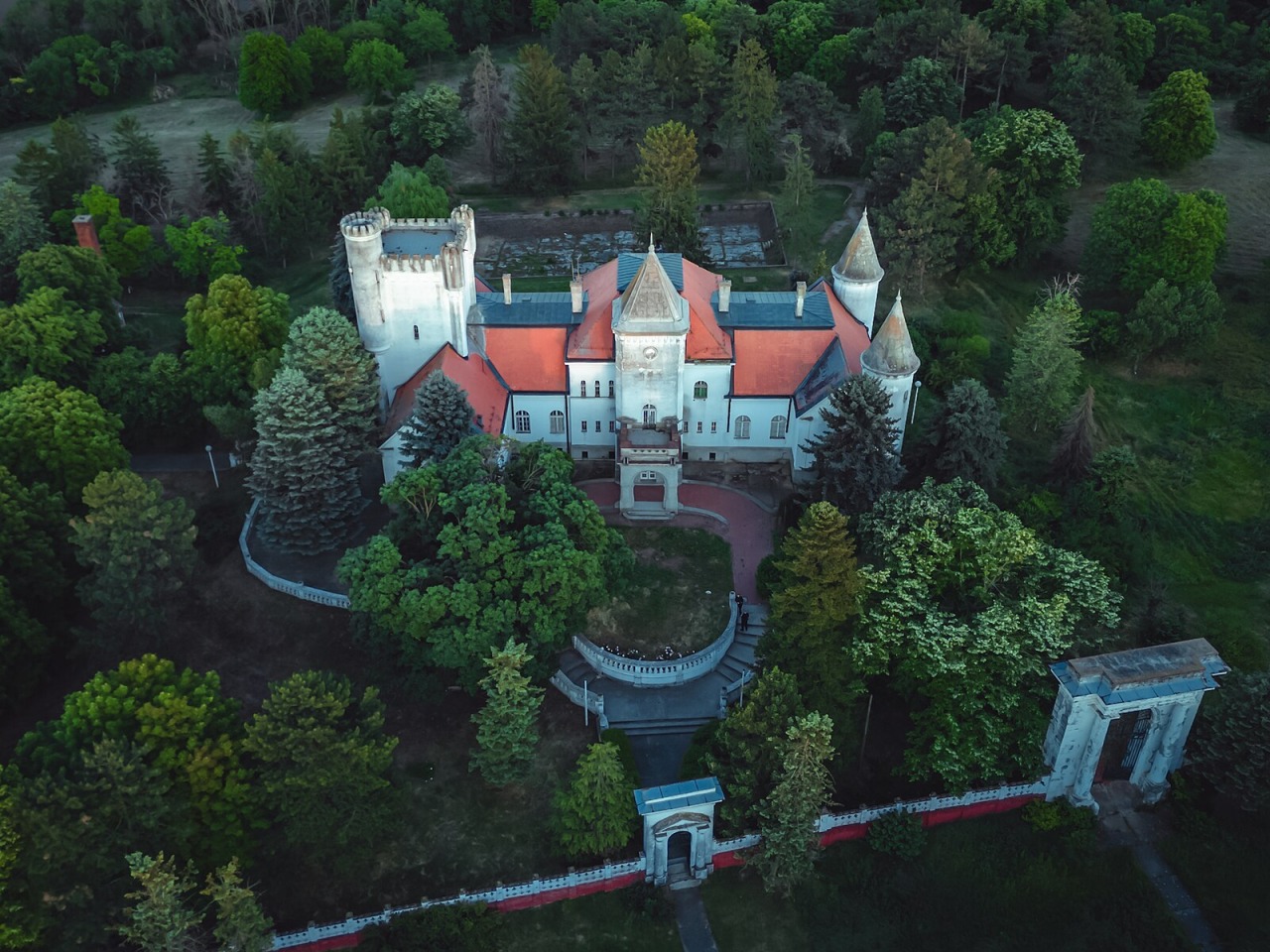
🍷 Taste Vojvodina: Food & Wine You Must Try
The culinary scene in Vojvodina reflects its diversity: Serbian, Hungarian, Slovak, Romanian, and Croatian traditions live on in every bite.
Don’t miss:
- Kulen, čvarci, pogača sa čvarcima
- Fish paprikash and gulaš
- Vanilice, makovnjača, štrudla sa višnjama
- Excellent wines from Fruška Gora (bermet, grašac, frankovka)
- Rural households and salaši around Palić and Čenej for true local tastes.
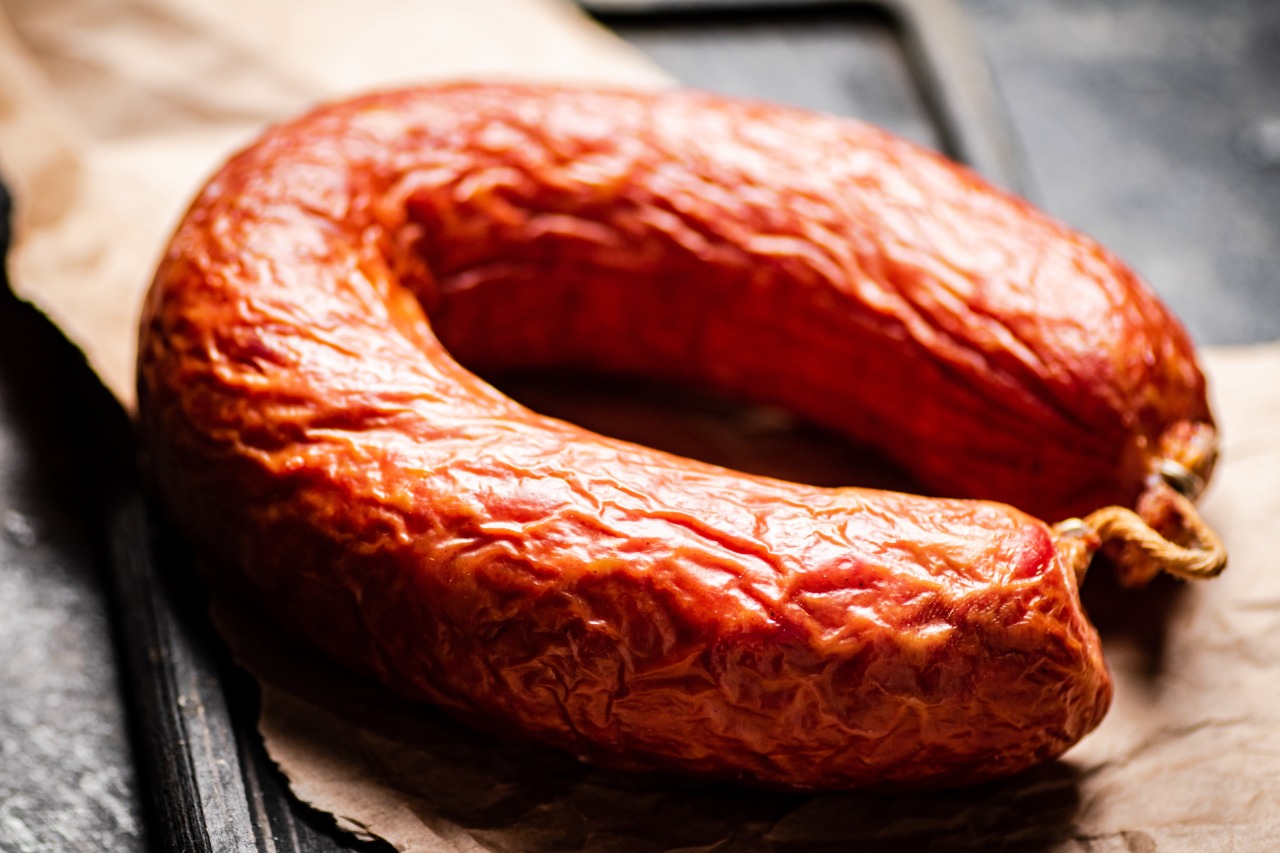
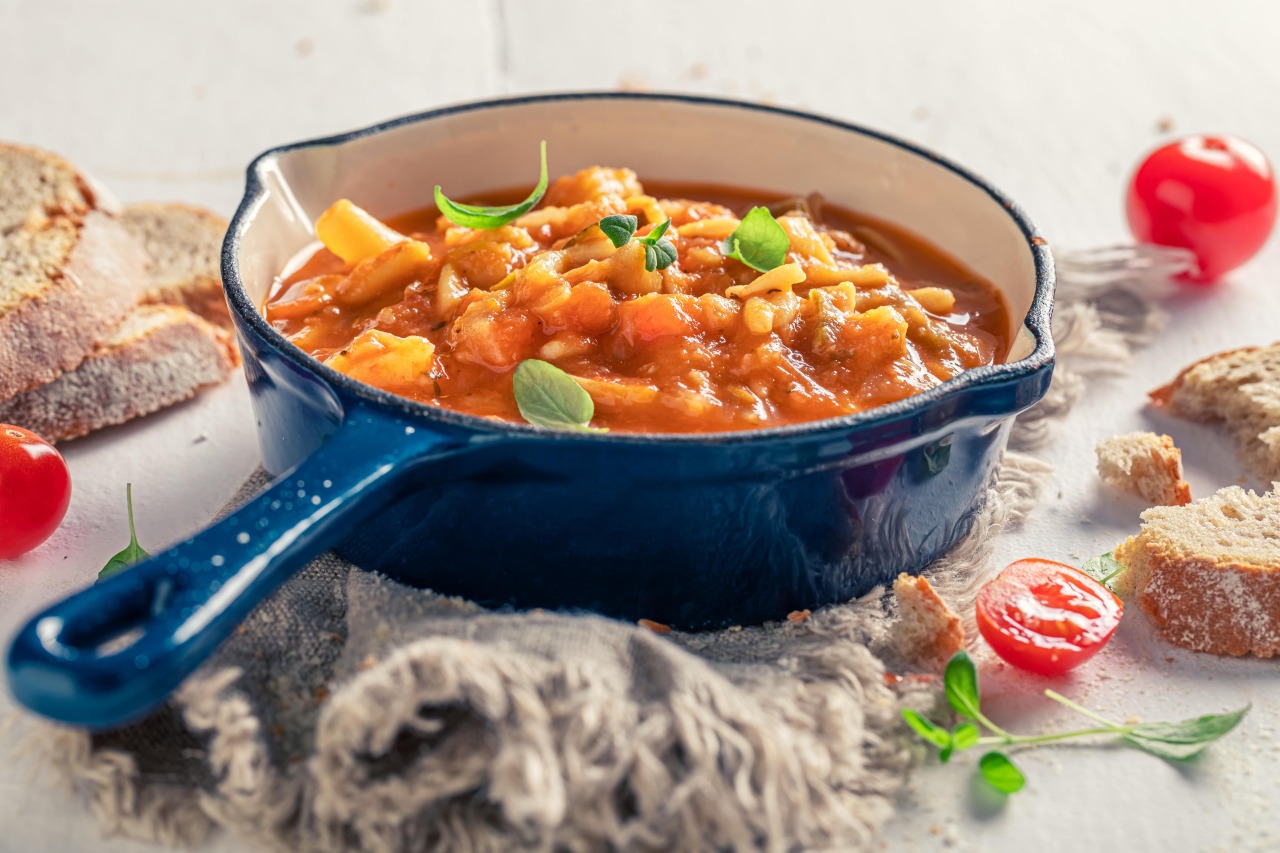
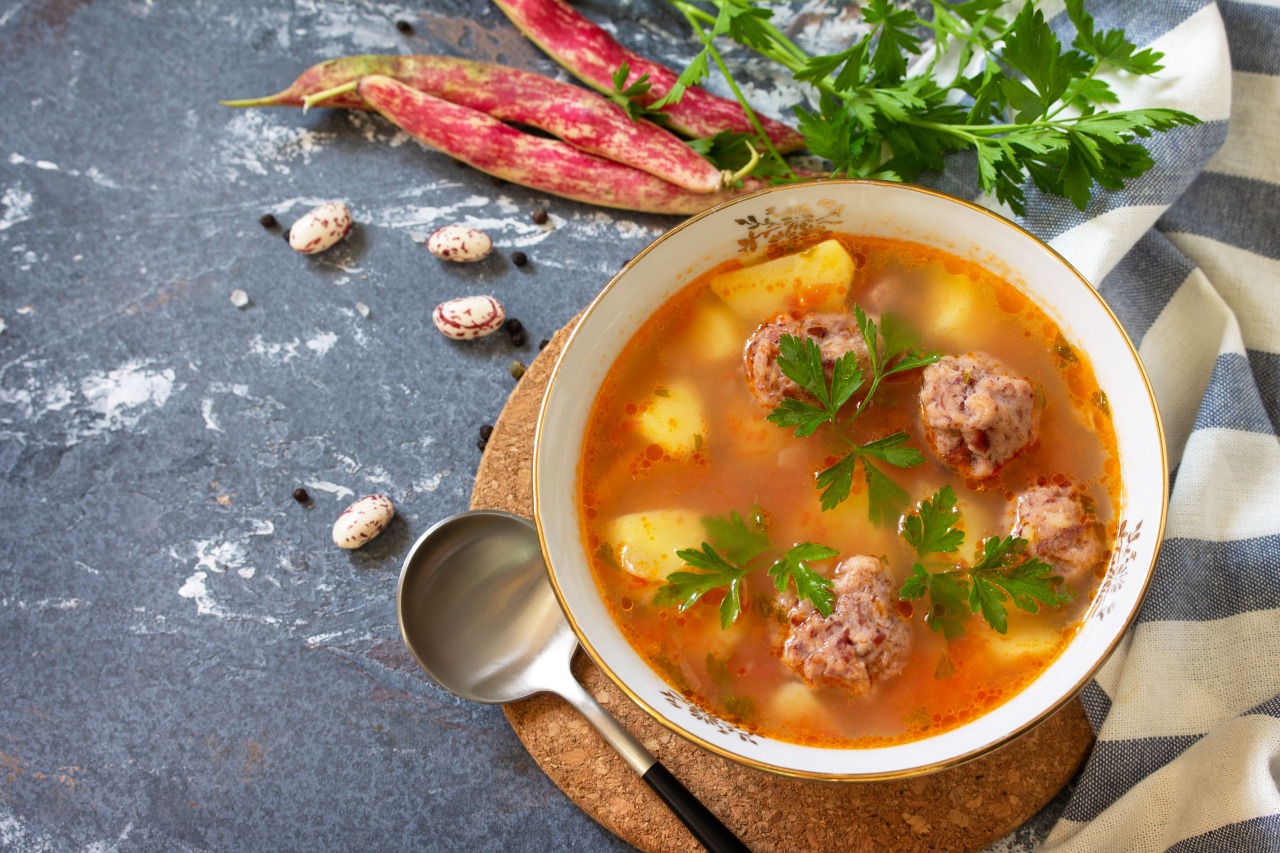
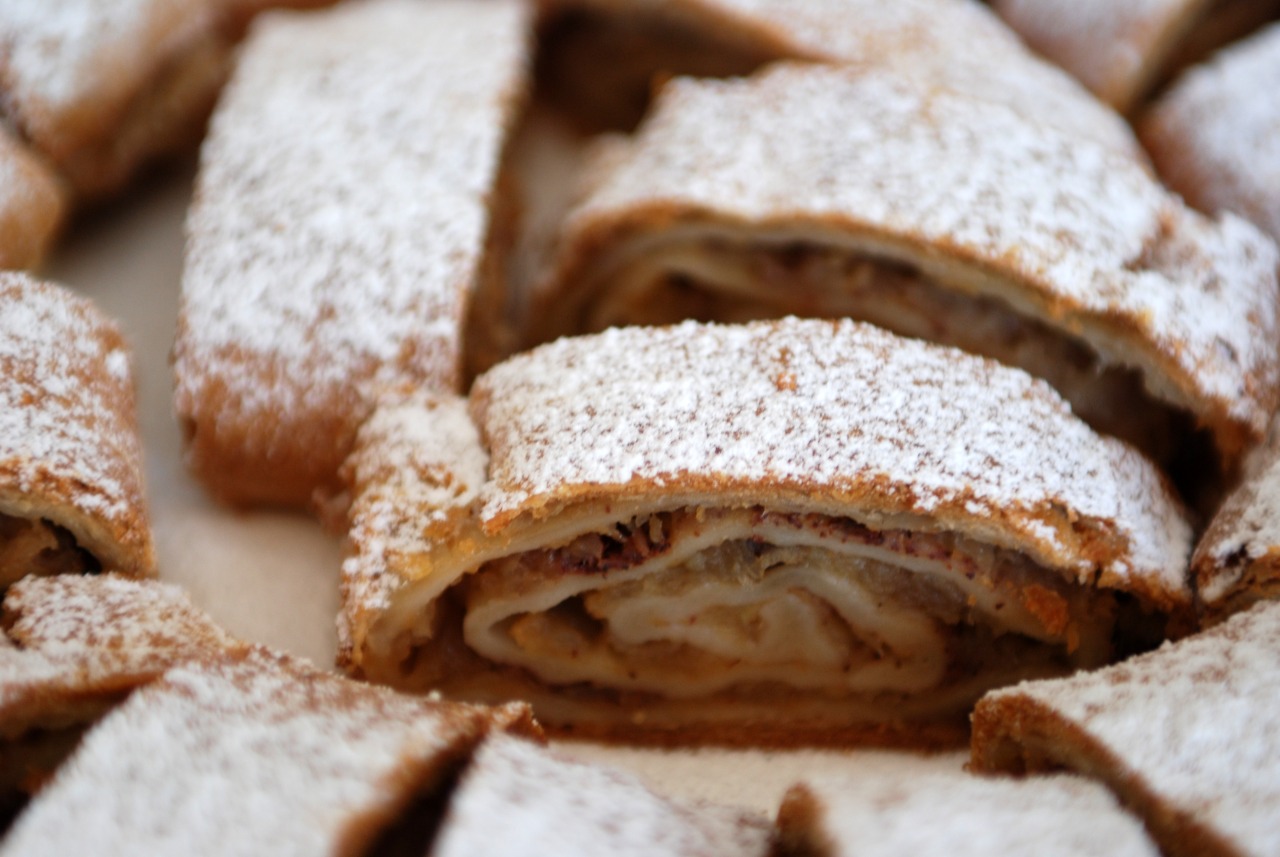
🎭 Events & Traditions
- EXIT Festival (Novi Sad) – One of Europe’s biggest music festivals.
- Zmaj’s Children Games (Novi Sad) – Cultural festival for young ones.
- Palić Film Festival
- Dužijanca in Subotica – Traditional harvest celebration of the Bunjevac people.
- Tamburica Fest (Novi Sad) – A celebration of tamburica music.
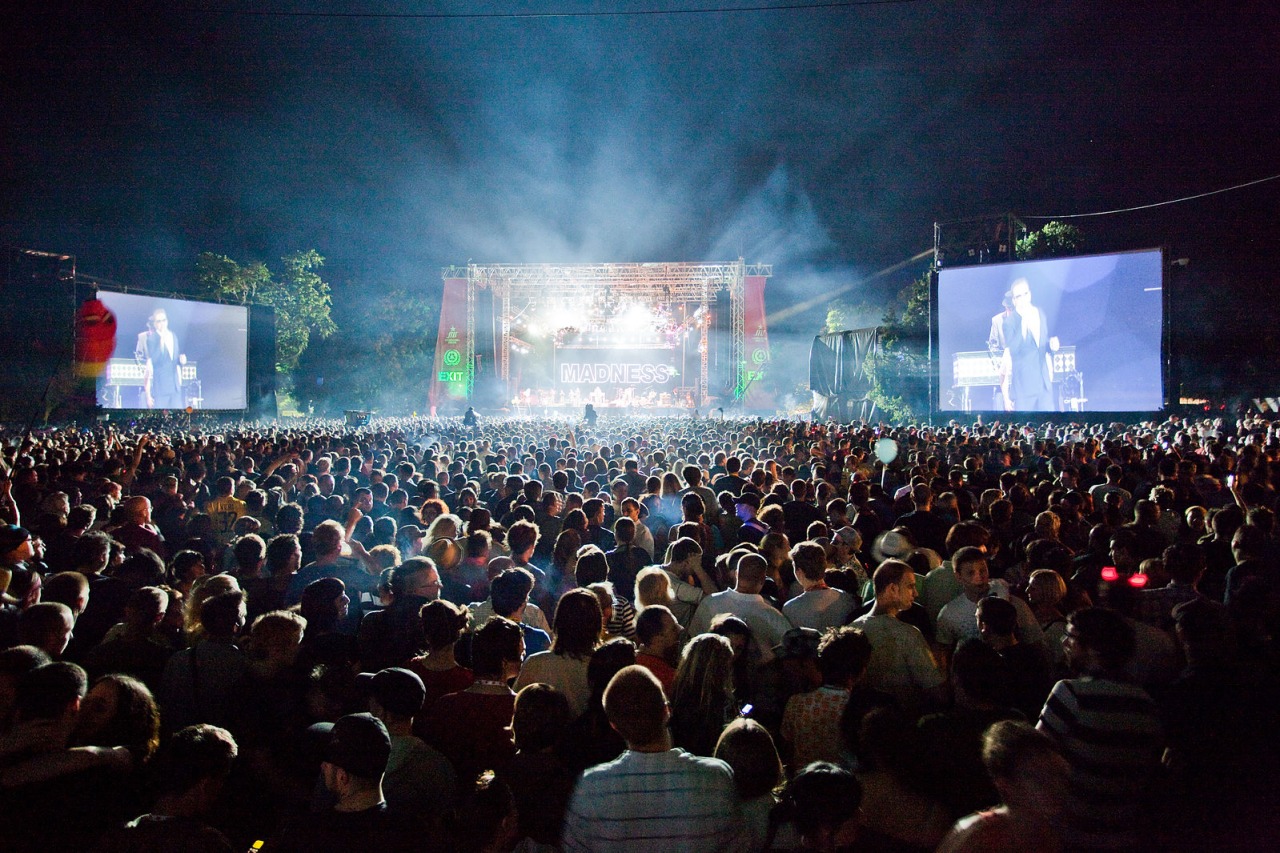
🌾 Rural Vojvodina: Salaši, Ethno Villages & Slow Travel
Experience authentic Vojvodina in ethno villages like:
- Kelebija – Known for its stud farm and horse shows.
- Mokra Gora of the North – the picturesque village of Čenej.
- Kulpin and Kovačica – For Slovak heritage and naïve art.
Traditional “salaši” (farmsteads) offer local food, horseback riding, and serene countryside stays.
🧳 Why Visit Vojvodina?
Because nowhere else in Serbia will you find such a mix of cultures, cuisines, natural landscapes, and peaceful charm. Whether you’re walking through Novi Sad’s lively streets, watching the sunset over Palić Lake, or sipping bermet in Sremski Karlovci, Vojvodina welcomes you with a smile and a story in every corner.
Related Articles

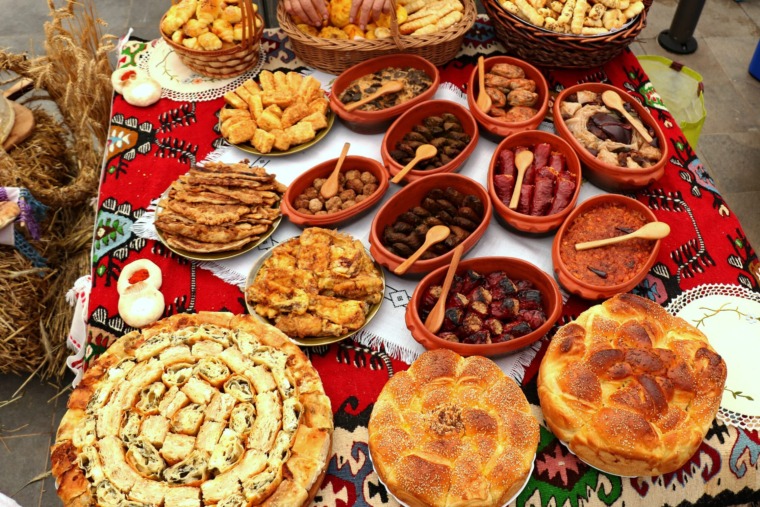
Serbian Comfort Food: A Cozy Guide to Winter Flavors
November 18, 2025